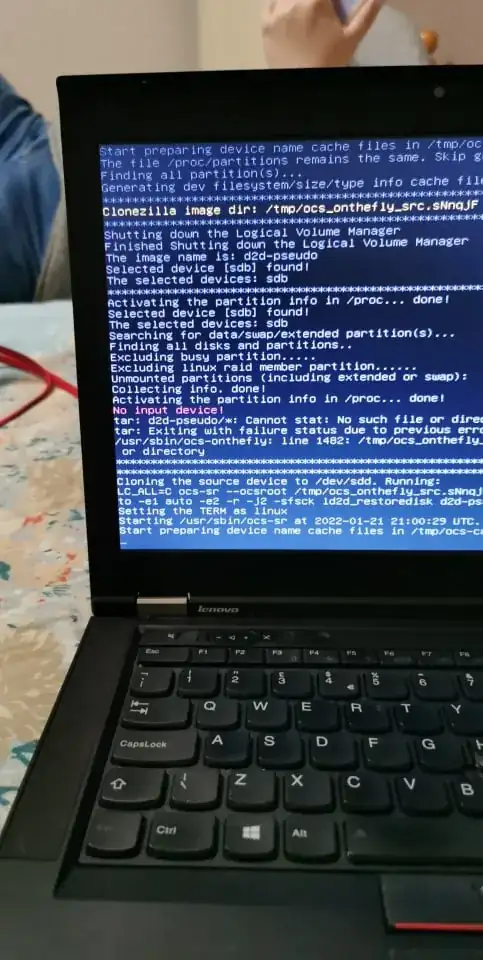Here's the thing: One of my friends has a server with software RAID-1 with a set of two disks. The task at hand is simple: clone the disks into another set of two empty disks.
He is running CentOS, I don't know which version though.
Now, I know that the most straightforward way is to manually fail one of the drives, put an empty drive on its place and let it rebuild. Then fail the other old drive, put the other empty drive and let it rebuild from the newly-rebuilt new drive. Then he'd be left with 4 drives, as he wants but presumably he'd need to "reassemble" the RAID on the two old drives.
However, I am interested to hear if any other options exist to do this.
I recommended him to try CloneZilla. While it works wonderfully for single drives, it failed on him with software RAID. It is described on their website that cloning Software RAID-1 is not supported, but I didn't do the reading before I suggested it. Maybe it has improved?
He tried it by putting the source drive and the destination drive on another computer(I do not know why, but this shouldn't be the culprit). It seems to fail due to excluding the RAID member partitions, which is exactly what he wants.
I suggested to try a workaround on this by adding nodmraid or dmraid=false to the boot parameters with no luck. Told him to try the Ubuntu-based image as well, as it includes more non-free drivers but that didn't lead to any improvement. Is there perhaps any way to force CloneZilla to include RAID members?
He tried a program called "AOMEI Backupper" which seemed to work, but then disk was unbootable.
Any other suggestions?
P.S. I am sorry if there is already an answer somewhere to this question, I just couldn't find it.
